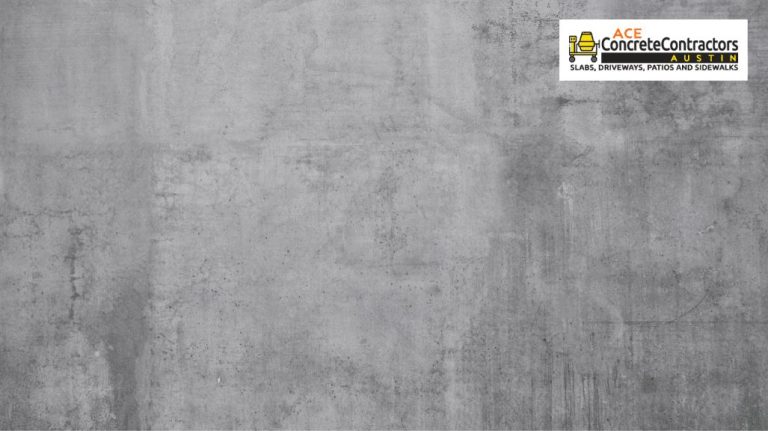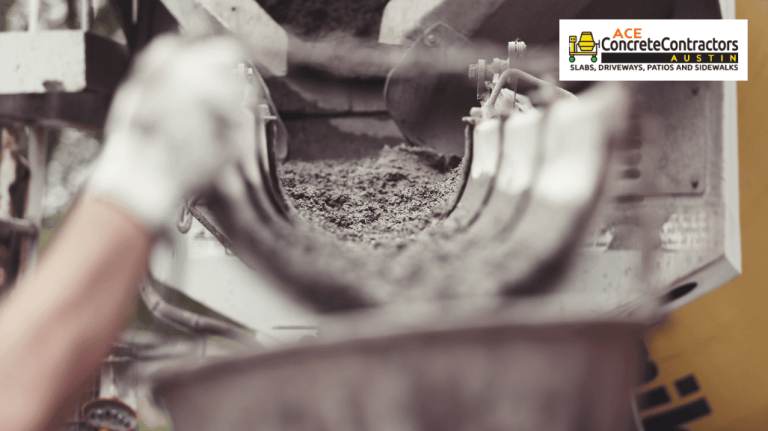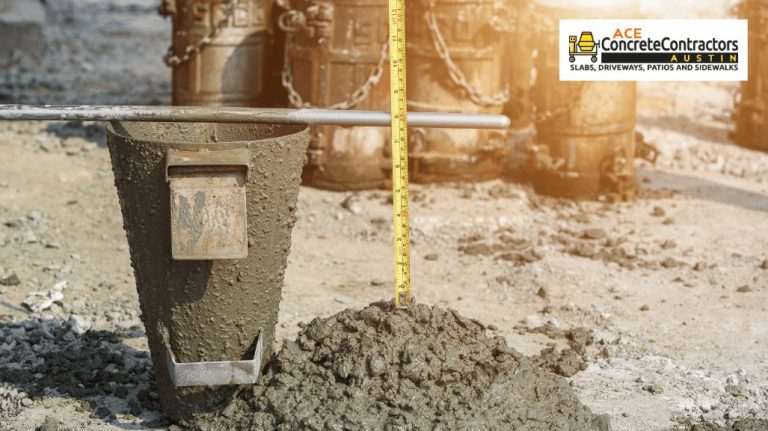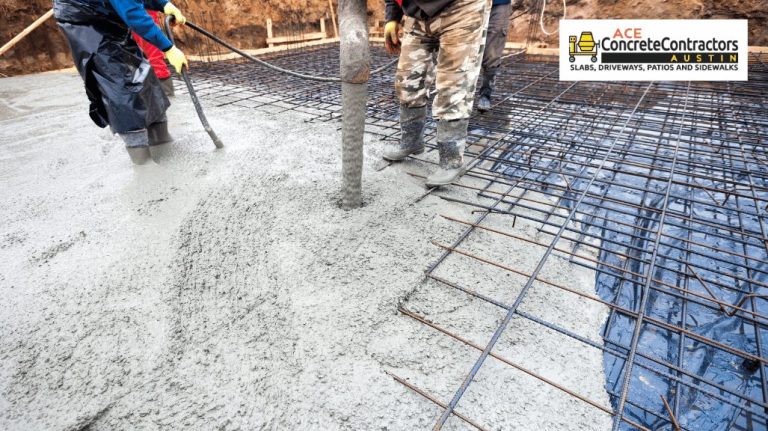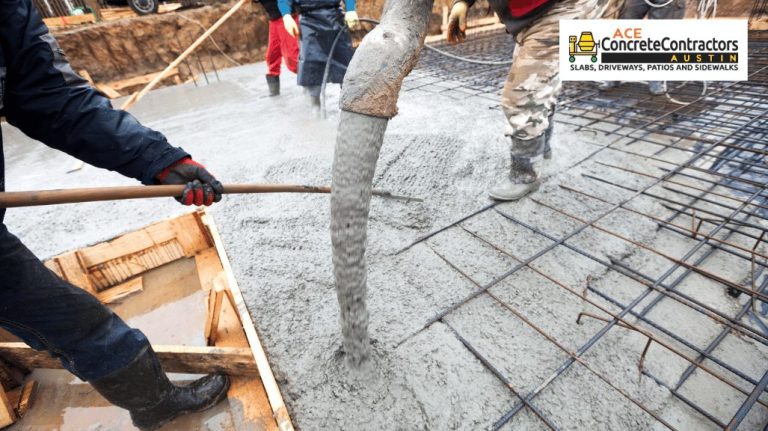Table of Contents
Do you call it a concrete or cement sidewalk? If you address it as the latter, you might be unaware of the critical difference between cement and concrete.
When it comes to construction projects, these two terms often get tossed around interchangeably. While they might seem similar, these building materials serve distinct roles in the construction process.
Confused between concrete and cement? https://t.co/YBBMRjXHtZ Dive into our new video to uncover the key differences and their roles in construction projects. #ConcreteVsCement #ConstructionFAQ #AustinTX pic.twitter.com/3Q1WZYdTow
— Ace Concrete Contractors Austin (@aceconcreteatx) March 6, 2024
Is Portland Cement a Building Material or a Brand Name?
Cement is a powder that acts as a binding agent in construction materials. Portland cement is one of the most commonly used types of material, so it’s not just a brand name.
It is manufactured through a precise chemical reaction that combines various raw materials, including limestone and clay. The result is a powdery substance ready for use.
In terms of physical composition, conventional cement appears as an extremely fine powder, while concrete exhibits a solid and uniform structure. When mixed with water, Portland limestone cement forms a paste-like substance. It acts as a bonding agent, holding the various aggregates together and creating a durable material.
What Is Cement Typically Made Of?
There are different types of cement available for specific construction needs. For example, Portland limestone cement (PLC) is a variation that includes a higher percentage of limestone (approximately 15%) in its composition.
This cement paste offers enhanced environmental benefits, including a 10% lower carbon dioxide footprint. It’s also more sustainable than conventional cement. Other ingredients in a pure cement mixer include the following:
- Calcium
- Iron ore
- Chalk
- Clay
- Aluminum
Limestone and silica sand make up about 85% of the total mixture of this cement variation. The abovementioned elements then follow it.
To produce Portland cement, manufacturers first use around 3,000 degrees of kiln heat to drive out moisture and carbon dioxide from the elements. The process forms a ball called “clinker,” which then undergoes grinding.
The raw materials are heated again until they form new compounds, such as dicalcium silicate, tricalcium aluminate, tetracalcium aluminoferrite, etc.
It is important to note that you shouldn’t confuse cement with concrete mixture, as the terms are not interchangeable. Cement, in its pure form, cannot be a standalone construction material. It lacks the necessary strength and other properties needed for structural stability.
You will also find something called “blended cements” in local hardware stores. This hydraulic cement variation combines Portland cement with one or two other natural materials: slag or limestone.
What Is Concrete Made of, and Where Is It Used?
Unlike cement, concrete is a construction material that consists of a mixture of Portland cement, fine aggregates (such as sand), coarse aggregates (such as crushed stone), and water.
In this case, a concrete mix is not an independent building material but a composition using Portland cement as a key ingredient. This material is mainly used in construction for everything from sidewalks, patios, and pool decks to skyscrapers.
It’s valued for its versatility, durability, and ability to withstand various environmental conditions. High-performance concrete pavements, for example, are popular for their longevity and low maintenance requirements.
Cement Vs. Concrete: Key Differences Between the Two Materials
Now that you know what both materials are made of, let’s cut to the chase and list the factors that differentiate them:
Concrete
This composite material comprises cement, water, sand, and crushed stone aggregates. Concrete is famous for its durability and can last for many decades. You can mold it into a wide variety of shapes and structures.
While it’s often light gray, you can stamp and color concrete for decorative purposes. The material is also cost-effective and available, like cement.
For most concrete projects, you might need professional installation, but simple DIY tasks are also doable. Most builders make their concrete for large-scale tasks. Concrete may need occasional repair and reinforcement to maintain its structural integrity. Well-maintained structures can last for more than a century!
There are many concrete pros, including sustainability. This is especially true when you follow eco-friendly practices like using recycled aggregates and reducing waste during production.
Cement
On the other hand, cement is one of the primary ingredients in concrete but is not used for construction. Unfortunately, it lacks the strength and durability for most construction applications when used alone.
Cement paste is not suitable for shaping into complex forms. It has a gray, powdery appearance or turns into a paste when mixed with water.
Cement pros include affordability and environment-friendliness (Portland limestone cement) like concrete. It is also readily available for projects. The best thing about cement is that it doesn’t need frequent repairs.
What Is the Appropriate Water-to-cement Ratio in a Concrete Mix?
The water-to-cement ratio varies depending on your specific application and concrete mix. A general guideline for a standard concrete mix is a water-to-cement ratio of about 0.45 to 0.6.
This range means that for every 100 pounds (45 kilograms) of cement, you add between 45 to 60 pounds (20 to 27 kilograms) of water. The ratio provides a good balance between workability and strength.
Various applications, such as structural or decorative concrete, may need different ratios. Engineers often specify mixed designs to meet project requirements.
Hotter and drier conditions may need more water to maintain workability, while cold weather may need less to prevent freezing. The type and size of aggregates used can also impact the water ratio.
Larger aggregates need more moisture. Getting the water-to-cement ratio right is essential to form concrete that will last for decades.
Strength
Too much water weakens the concrete, reducing its ultimate strength. Conversely, too little water can result in a mix that’s too stiff and challenging to work with.
Durability
Improper ratios can lead to issues like cracking and reduced resistance to freeze-thaw cycles. This can compromise the longevity of the concrete mixer.
Workability
The proper ratio ensures that the concrete is easy to place, finish, and mold into the desired shape. This is crucial for construction professionals.
Economics
Using the correct water-to-cement ratio optimizes the use of materials, reducing waste and potentially saving costs.
How Much Does a Concrete Slab Cost in Austin?
The cost of a concrete slab in Austin, as in any location, can vary depending on various factors. A general estimate of $4 to $8 per square foot is a reasonable starting point for a basic slab. However, there are additional factors that can have an impact on the final fee.
Size and Thickness
The total square footage and thickness of the slab are two primary factors affecting cost. A more enormous slab will cost more, and thicker slabs need more concrete, which increases the price.
Labor Costs
Contractor fees for concrete slab installation can vary based on the project’s complexity, accessibility, and local labor rates.
Finishing
The finishing of the concrete surface can affect the cost. Options like stamped concrete, decorative finishes, or staining will increase the price compared to a basic broom finish.
The cost of cement might be $0.20 to $0.30 per pound. It’s important to note that cement’s price is just one component of the overall cost of a concrete slab.
Final Words
Whether pouring a concrete sidewalk or undertaking a large-scale construction project, knowing the difference between cement and concrete is essential. They are both valuable and essential building materials in their own right, each playing a unique role in the construction process.
The next time you hear the two terms, remember that cement is the glue, and concrete is the finished product.
Concrete’s ability to take on various shapes, withstand the test of time, and serve as the foundation for countless buildings make it invaluable. From the driveways we use daily to the towering skyscrapers that define our cityscapes, concrete is the backbone of modern construction.
Remember that cement, while crucial, is not a standalone solution for building. Attempting to use cement alone for construction is like baking a cake with flour. It’s one part of the recipe, but the finished product needs a blend of ingredients.
Frequently Asked Questions
Let’s address the following FAQs one by one, keeping the explanations clear and straightforward. This section might help you understand the key difference between cement vs. concrete for your DIY projects.
What Is Better: Cement or Concrete?
Cement and concrete serve different purposes, so it’s not a matter of being “better” than the other. It’s a key ingredient used to make concrete.
Concrete is a versatile construction material used for various applications, from sidewalks to buildings. The choice between cement and concrete depends on your specific project requirements.
To create good concrete, you must mix cement with water and aggregates. Cement on its own lacks the durability for larger projects.
Are Sidewalks Concrete or Cement?
Sidewalks are generally made from concrete, not cement. Concrete is the material used to create patios, home foundations, etc. It consists of a mixture of cement, water, and aggregates (such as sand, crushed rock, iron oxide, tricalcium silicate, gravel, and other substances).
This combination provides the strength and durability for sidewalks to withstand foot traffic, extremely high temperatures, and different environmental conditions.
Are Sidewalks Concrete or Cement?
Sidewalks are generally made from concrete, not cement. Concrete is the material used to create patios, home foundations, etc. It consists of a mixture of cement, water, and aggregates (such as sand, crushed rock, iron oxide, tricalcium silicate, gravel, and other substances).
This combination provides the strength and durability for sidewalks to withstand foot traffic, extremely high temperatures, and different environmental conditions.
Can You Use Cement Instead of Concrete?
No, cement cannot be used as a direct substitute for concrete in most construction applications. Cement is just one component of concrete.
In general, pure cement is an extremely fine powder and does not have the same structural properties as concrete. Using the material alone would create a weak and brittle site prone to cracking and crumbling under pressure.
There are some cases where using cement alone may be appropriate. You can use blended cement for small-scale DIY projects, such as making sculptures or crafts. Notably, these projects are decorative in nature and not designed to withstand heavy loads or extreme weather conditions.
Which Is More Expensive: Cement or Concrete?
Cement and concrete costs are not directly comparable because they serve different purposes. The first material is a single ingredient used in concrete production, while concrete is a finished construction component.
High-strength concrete mixtures include cement and other materials like crushed rock, water, labor, and equipment. The cost of concrete is higher than cement’s price per-pound basis. The expense can vary based on location, project specifications, and market conditions.

